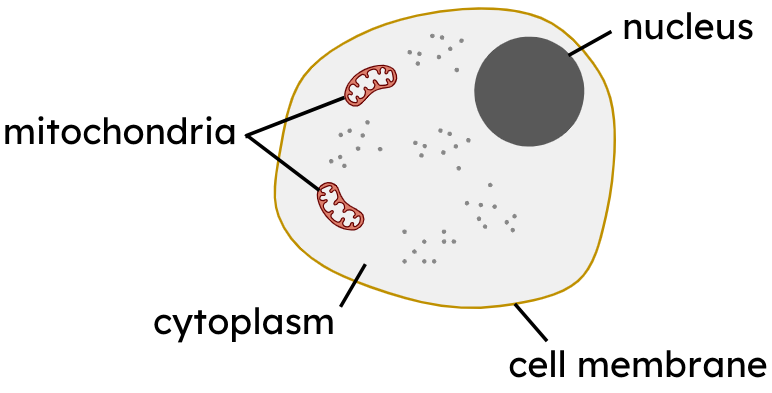Myths about teaching can hold you back
- Year 8
Classification at the cellular level
I can identify cell features that can be used to classify organisms into the kingdoms of animals, plants, fungi and bacteria.
- Year 8
Classification at the cellular level
I can identify cell features that can be used to classify organisms into the kingdoms of animals, plants, fungi and bacteria.
These resources will be removed by end of Summer Term 2025.
Switch to our new teaching resources now - designed by teachers and leading subject experts, and tested in classrooms.
These resources were created for remote use during the pandemic and are not designed for classroom teaching.
Lesson details
Key learning points
- Organisms can be classified into groups based on their characteristics at the microscopic, cellular level.
- The common features of the cells of animals, plants, fungi and bacteria.
- Use of cell features to classify organisms into the kingdoms of animals, plants, fungi and bacteria.
Keywords
Kingdom - A very large group of organisms with only a few features in common, such as all animals or all plants.
Animal - Organism made of cells that have a nucleus, but do not have a cell wall and cannot make their own food.
Plant - Organism made of cells that have a nucleus, a cell wall and can make their own food.
Fungus - Organism made of cells that have a nucleus and a cell wall, but cannot make their own food.
Bacterium - Organism made of a single cell that does not have a nucleus.
Common misconception
Organisms are classified only according to their visible (macroscopic) features.
This lesson explores the classification of organisms into kingdoms based on the features of their cells.
To help you plan your year 8 science lesson on: Classification at the cellular level, download all teaching resources for free and adapt to suit your pupils' needs...
To help you plan your year 8 science lesson on: Classification at the cellular level, download all teaching resources for free and adapt to suit your pupils' needs.
The starter quiz will activate and check your pupils' prior knowledge, with versions available both with and without answers in PDF format.
We use learning cycles to break down learning into key concepts or ideas linked to the learning outcome. Each learning cycle features explanations with checks for understanding and practice tasks with feedback. All of this is found in our slide decks, ready for you to download and edit. The practice tasks are also available as printable worksheets and some lessons have additional materials with extra material you might need for teaching the lesson.
The assessment exit quiz will test your pupils' understanding of the key learning points.
Our video is a tool for planning, showing how other teachers might teach the lesson, offering helpful tips, modelled explanations and inspiration for your own delivery in the classroom. Plus, you can set it as homework or revision for pupils and keep their learning on track by sharing an online pupil version of this lesson.
Explore more key stage 3 science lessons from the Species and classification (differences between species) unit, dive into the full secondary science curriculum, or learn more about lesson planning.

Licence
Prior knowledge starter quiz
6 Questions
Q1.Which of these diagrams represents a single cell?




Q2.Which of the following do all cells have in common?
Q3.DNA is stored in the of an animal cell.
Q4.Match each cell type with the correct description.
Contain DNA that is loose in the cytoplasm.
Contain chloroplasts.
Have a cell membrane and cytoplasm.
Q5.Use the classification key to classify a duckling.

Q6.Which of the following types of cells has a cell wall?
Assessment exit quiz
6 Questions
Q1.Which of these images represents a fungus cell?




Q2.True or false? Plant cells have a cell wall instead of a cell membrane.
Q3.Bacterial cells do not have a . Their DNA is found in the cytoplasm.
Q4.Which one of these features would be most helpful when classifying an organism as a plant?
Q5.Match the feature to the kingdom of organisms it is specific to.
bacteria
plants
fungi
animals
Q6.According to the classification key, what are the features of a fungus cell?



